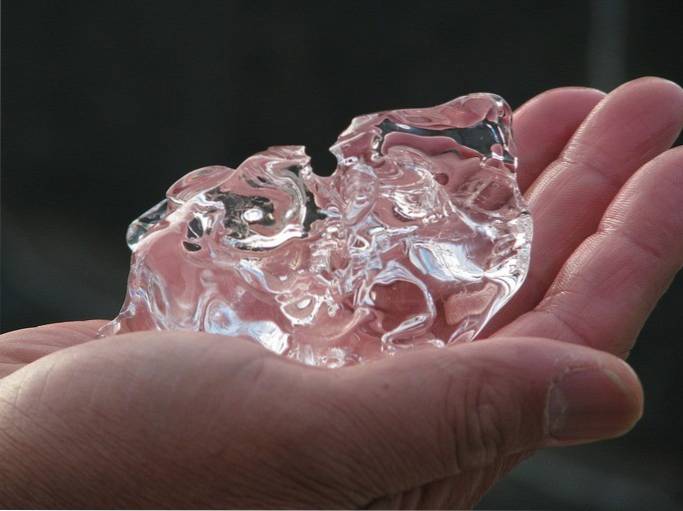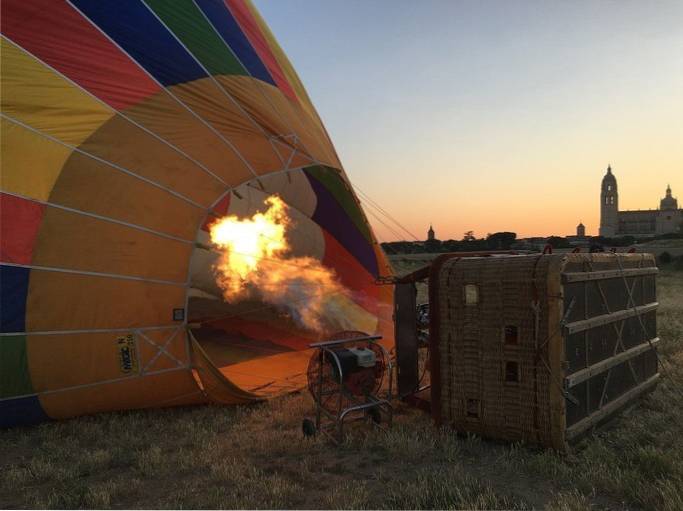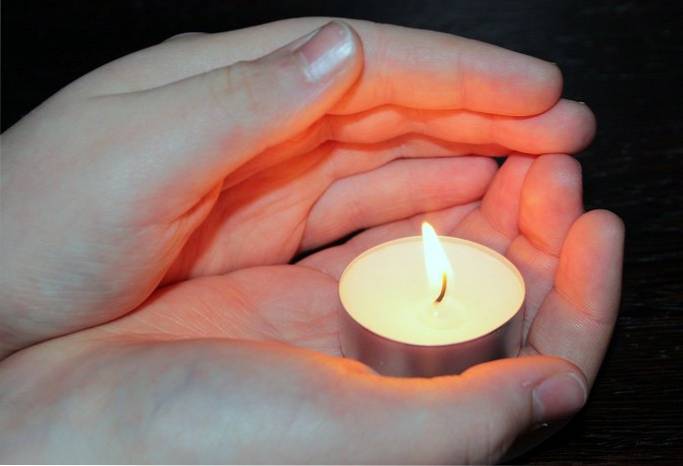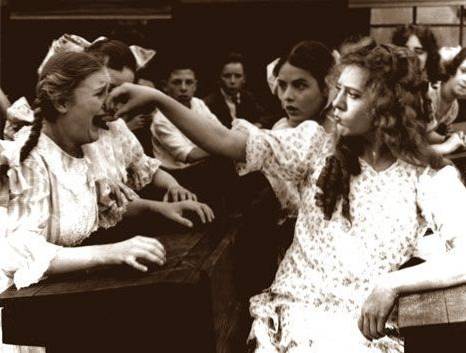
Conduction, convection and radiation

Conduction, convection, and radiation are the three forms of heat transfer. Heat is the energy that passes from one body or system to another.
Heat transfer only occurs when there is a temperature difference between two things.
In conduction, heat transfer occurs when one body or object is in contact with another.
Convection, on the other hand, is produced by the movement of gases or liquids at different temperatures.
For its part, radiation is a transfer of heat without the bodies being in contact. Therefore, this occurs through the emanation of energy through electromagnetic waves.
An example that illustrates this would be that of a pot of boiling water: the fire heats the pot (radiation), the metal in the pot heats the water (conduction) and the hot water rises due to the effect of heat (convection).
| Driving | Convection | Radiation | |
|---|---|---|---|
| Definition | Contact heat transfer form. | Form of heat transfer by movement of matter. | Form of heat transfer by electromagnetic waves. |
| Transfer direction | From highest to lowest temperature | ||
| Mechanism | Movement of atoms within a body | Movement of gases and liquids by temperature difference | Propagation of electromagnetic waves in space |
| Examples | The handle of an aluminum pot on a burning burner | Domestic heating systems | The heat of the sun |
What is heat conduction?

Conduction is a form of heat transfer that occurs when two bodies are in contact or when heat passes from one side of the same body to the other. For example, if we heat one end of an iron rod, the other end will heat up after a while, despite not being in direct contact with the heat source..
The mechanism of heat transfer by conduction is based on the movement of atoms. As the temperature rises, the atoms move faster and also push neighboring atoms, transferring heat to them..
The ability of materials to conduct heat is known as thermal conductivity. For example, air has a low conductivity just like wood.
On the other hand, metals, such as aluminum and iron, have high thermal conductivity. These materials are very effective in conducting heat, as they have free electrons that transfer energy faster from hot areas to cold areas of the body..
Examples of heat conduction
- Cast iron skillet on a burning stove: the heat from the burner heats the pan which conducts the heat to the rest of the pan and the contents within it.
- Melted ice in hand: if we place an ice in the hand, it melts due to the conduction of body heat.
- Hot feet in the sand: on a hot day at the beach, if we walk through the hot sand with bare feet, after a while we will feel that we are burned by the conduction of heat from the sand at our feet.
- The cup of hot coffee: by pouring hot coffee (or other hot beverage) into a cup, over time we will feel the heat in our hands. That is why the cups have a handle so that we can grab it without burning ourselves..
- Ironing clothes: the iron used to remove wrinkles from clothing heats up and conducts heat when it comes into contact with clothing.
- The thermometer: This instrument is used to measure temperature because it receives or transfers heat by conduction of the object or substance with which it is in contact.
- Metal spoon against wooden spoon: a wooden spoon conducts heat poorly while the metal spoon heats up fast. That is why we can mix the food with the wooden spoon, but when we eat the soup we use a metal spoon.
What is heat convection?

Convection is the form of heat transfer that is produced by the movement of liquids and gases from hot areas to cold areas. When a fluid is heated, it becomes less dense, causing it to rise.
It is thanks to the convection process that clouds are formed: water vapor and hot air on the surface of the Earth rises and then condenses as clouds in the heights. This type of convection is natural or free, without the intervention of external forces.
On the other hand, forced convection occurs when a force is applied to move the fluid. This is what happens when we use fans to move hot air in a room, or when we move the contents of a pot over the burner.
Examples of heat convection
- Domestic heating systems: the air in contact with a heating system heats up, then rises and displaces the cold air, causing drafts.
- The internal heat of the Earth: the core of the Earth is hot and fluid, which is why convection currents are produced that cause earthquakes and volcanic eruptions.
- The fluid in the storage tanks- In the pipes of a solar heater, the fluid heats up and becomes less dense, moving the heat to the cooler fluids.
- Convection oven: the hot air inside the oven circulates thanks to a fan, which makes the food bake more evenly.
- Boiling water in a pot: when we put water in a pot on a burning stove, the hot water at the bottom rises, forcing the movement of cold water from the surface.
- Hair dryer: cold air enters the dryer, is heated by passing through a resistance and blows hot air through the nozzle.
- Ocean currents: the waters of the oceans are kept in constant movement by convection, the warm water of the tropics moves towards the poles.
- Hot air balloons or hot air balloons: by heating the air, it becomes less dense, it is trapped inside the fabric of the balloon, causing it to float. Therefore, to go down, a window is opened that lets the hot air escape.
What is heat radiation?

Radiation is the transfer of heat without contact between objects. This occurs through electromagnetic waves, such as visible light, ultraviolet, and infrared, which travel through space. For heat radiation to occur, the presence of material is not required.
Bodies emit heat by radiation, but they also absorb heat, depending on the difference in temperature. In fact, the bodies that absorb the best are also good emitters. For example, a black surface absorbs radiation better, but they also emit more than a white surface.
Thus, the emission depends on the temperature of the body, the higher the temperature, the greater the emission of heat..
The operation of a thermos is based on concentrating the heat radiation inside. A thermos is built with a double wall of glass with no air between them, to avoid heat loss by conduction or convection. Silver inner wall reflects radiation without absorbing it, so the drink stays hot longer.
Examples of thermal radiation
- The heat of the sun: the Earth receives heat from the Sun by radiation.
- Hot sand on a beach: on a summer day solar radiation heats the sand.
- Embers of a bonfire: when we approach a bonfire or fireplace, the burning coals give off radiation heat.
- Solar Furnace: the sun's rays hit a surface heating the air.
- Infrared thermometer: measures the radiation of a body in the infrared range and represents it as temperature.
- Thermal cameras: thermal imaging cameras record the heat of bodies emitted by radiation.
- Tanning beds: tanning beds are based on the emission of ultraviolet rays that promote tanning of the skin. Its use is limited by predisposition to skin damage.
You may also be interested in knowing:
- Difference between heat and temperature.
- Types of energy



Yet No Comments